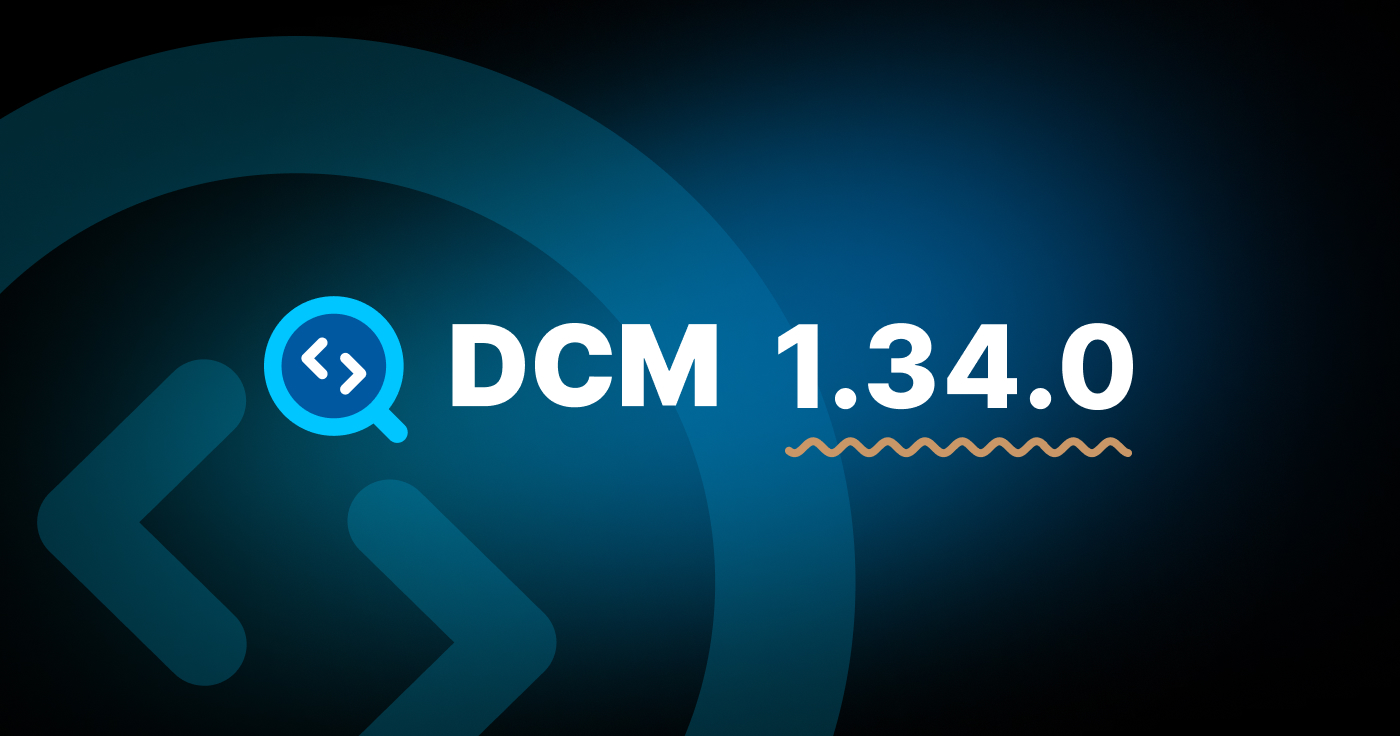
I’ve been writing Flutter and Dart professionally for many years, and during that time, Dart has evolved in all kinds of exciting ways. We’ve gained sound null safety, pattern matching, sealed classes, the list keeps growing. But every once in a while, Dart introduces a feature that is deceptively small yet manages to reshape how we think and write code every day.
With Dart 3.10, released alongside Flutter 3.38 on November 12, 2025, we got one of those features: dot shorthands.
The first time I enabled the feature in a real codebase, my Flutter widget trees instantly felt lighter. The noise reduced. My eyes stopped tripping over repeated type names. And for a few minutes, I genuinely thought: "Why didn’t we have this earlier?"
But like every elegant piece of syntax, dot shorthands carry hidden complexity, especially when they escape the "safe" zones they were designed for. After reviewing, experimenting, and observing how teams naturally adopt (and misuse) them, I realized this is one of those cases where you need both excitement and caution.
This article is my deep dive into the feature; not just what dot shorthands are, but why they exist, how they work, where they might be tricky to use, and how you can get the best of them while avoiding the worst.
















